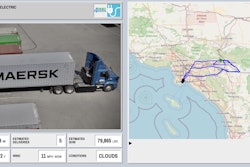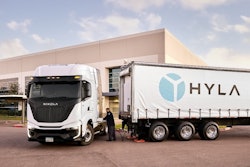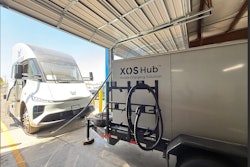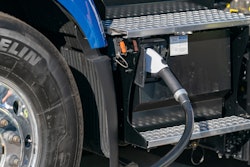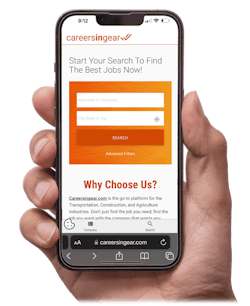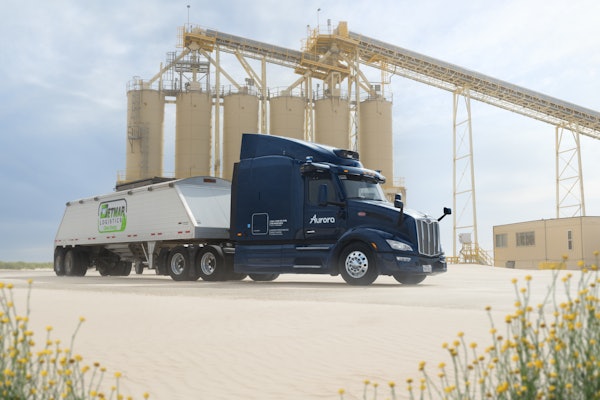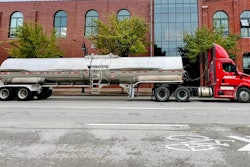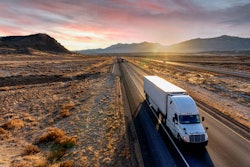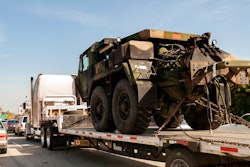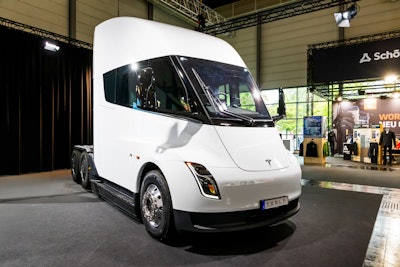
The oft-delayed debut of Tesla's battery electric Semi continues to be slated for next year, company executives said during Tesla's Q3 earnings call this week.
Announced in 2017, Tesla's fully electric Class 8 has been delayed at least four times and is six years overdue. However, Vice President of Vehicle Engineering Lars Moravy said all signs continue to point to a 2026 mass production launch.
"The factory is going on schedule. We've completed the building and are installing the equipment now. We've got our fleet of validation trucks driving on the road. We'll have a larger build towards the end of this year and then our first online builds in the first part of next year, ramping into the Q2 timing with real volume coming in the back half of the year," he said.
ABF (CCJ Top 250, No. 19) is among the fleets piloting a Tesla Semi, having done so over a three-week period this summer across typical dispatch lanes, including over-the-road routes between service centers in Reno, Nevada and Sacramento, California. The pilot also included regional runs in the Bay Area and rail shuttle operations.
The electric Semi logged 4,494 miles, averaging 321 miles per day, with an overall energy efficiency of 1.55 kWh per mile. ABF's performance on a kilowatt hour (kWh) per mile basis is slightly below the 1.7 kWh per mile Pepsi confirmed as part of North American Council for Freight Efficiency's Run On Less program in 2023. It's also below the 1.72 kWh/mile posted by DHL (no. 35) during a two-week trial run last summer.
Will they be autonomous?
Moravy said the final-mile, "the load/unload, can be better served for shorter distances with autonomous semis," but Ashok Elluswamy, Tesla’s vice president of AI/Autopilot software, noted getting autonomous capabilities right for Tesla's passenger vehicle lineup is a priority. He added that once it has been fine-tuned, "the same technology will apply quite easily to the Semi truck once we have a little bit of data from the Semi trucks."
Tesla CEO Elon Musk said he was "100% confident that we can solve unsupervised full self-driving at a safety level much greater than human."

